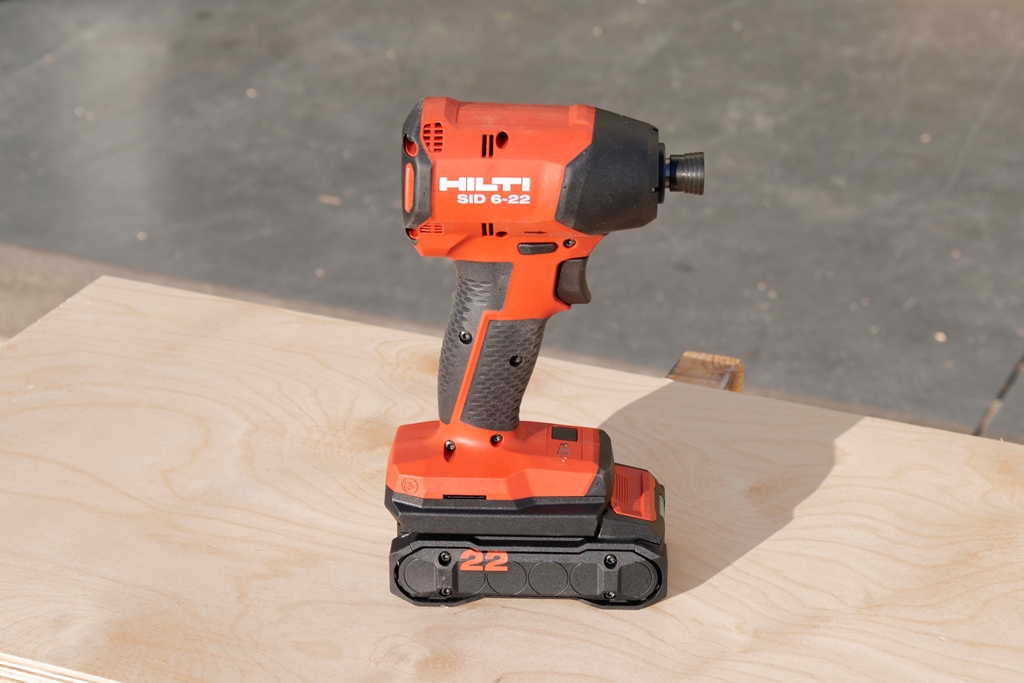What Is an Impact Driver?
An impact driver is a compact, high-torque device designed to drive screws, lag bolts, and other fasteners into tough materials without stripping the head or wearing out your wrist. It looks like a drill but packs way more punch when it comes to torque and repetitive driving.
Unlike a drill, it uses a combination of rotation and rapid concussive force (impacts) to power fasteners into wood, metal, or masonry with speed and control. It’s not built for drilling holes, this is a fastener-driving machine.
History of the Impact Driver
Impact drivers have been around in manual form since the 1960s, mainly in the automotive and industrial world. The electric cordless version didn’t become mainstream until the 2000s, when brands like Makita, DeWALT, and Milwaukee began releasing compact models powered by lithium-ion batteries. Today, impact drivers are a jobsite and workshop staple.
What It’s Used For
Impact drivers shine when you need speed and torque for fastening jobs. Common uses include:
What to Look for When Buying
- Torque and Power
- Measured in inch-pounds
- Look for at least 1,300 in-lbs for basic work, 1,800+ for heavy-duty use
- Speed Settings
- Multi-speed or variable-speed models allow better control
- Some have auto modes or assist modes for precision
- Battery Platform
- Stick with an 18V or 20V max system if possible
- Choose a brand that matches other devices you own
- Size and Weight
- Compact models are easier to use in tight spaces
- Heavier-duty models are bulkier but deliver more torque
- Chuck Type
- Most have a 1/4 inch hex chuck for quick bit changes
- Make sure your bits are impact-rated for safety and performance
- Brushless Motor
- Increases efficiency, runtime, and durability
- Worth the upgrade if you plan on frequent use
Pros and Cons
Pros
Cons
Accessory Compatibility
Impact drivers take 1/4 inch hex-shank bits, and you should always use impact-rated bits to prevent snapping or rounding. Accessories include:
Safety and Maintenance Tips
Who This Is For
- Homeowners assembling decks, fences, or sheds
- DIYers installing cabinets, building furniture, or framing
- Pros in framing, roofing, electrical, and carpentry
If you drive a lot of fasteners, an impact driver is faster, stronger, and easier on your arm than a drill.
FAQ
Only if the bit is impact-rated and hex-shanked. For clean holes, a standard drill is better.
Drills use constant rotation. Impact drivers add hammer-like bursts of torque for tougher fastening jobs.
You can, but they wear out fast or may break. Use impact-rated bits for best results.
Final Thoughts
An impact driver isn't a replacement for your drill, it’s the perfect sidekick. Once you start using one for driving screws, lag bolts, or fasteners, you won’t go back. It’s faster, more powerful, and easier on your wrist. Whether you're building, remodeling, or repairing, it’ll quickly become one of your most-used devices in the shop or on the job.

